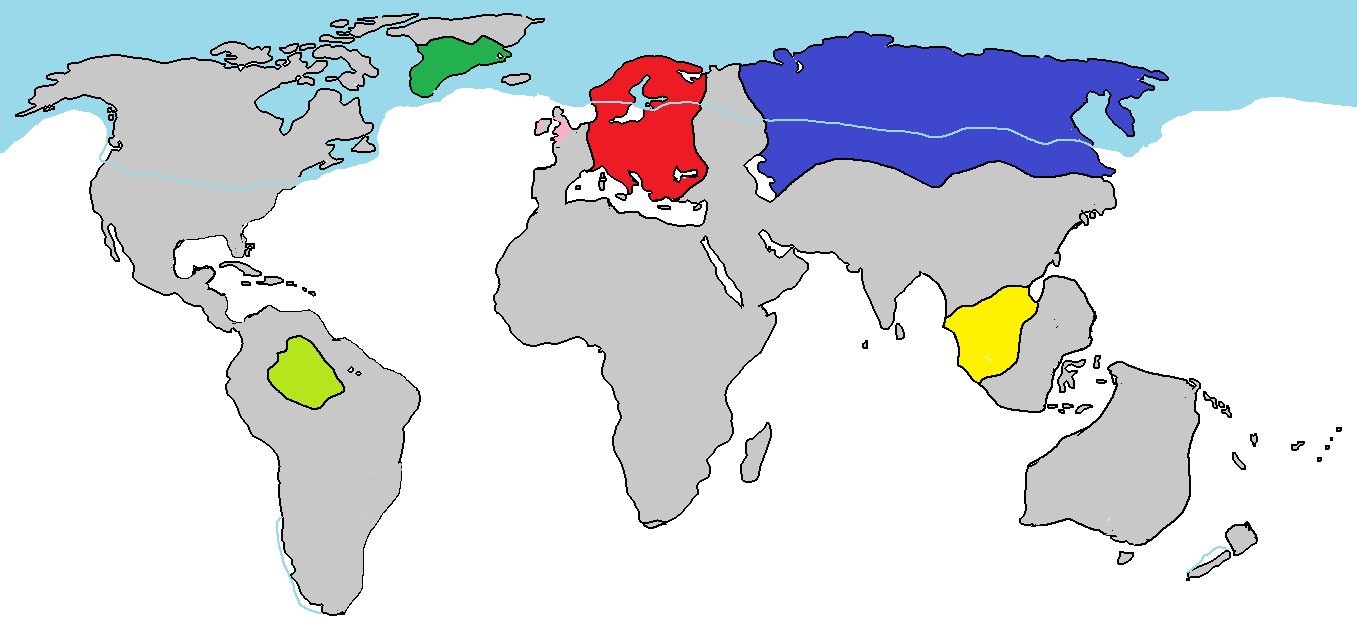

For example, in 2020, the median ages of Brazil (33), Argentina (32) and Mexico (29) are all expected to be lower than the median age in the U.S. This pattern is evident when looking at individual countries in the region. Between 19, by contrast, only six countries in the world lost population, due to much higher fertility rates and a relatively younger population in past decades. In Latin America and the Caribbean, half of the region’s 50 countries’ populations are expected to shrink. Two-thirds of all countries and territories in Europe (32 of 48) are expected to lose population by 2100.

as the third-largest country in the world in 2047, according to the projections.īetween 20, 90 countries are expected to lose population. India is projected to surpass China as the world’s most populous country by 2027. Five African countries are projected to be in the world’s top 10 countries by population by 2100. More than half of this increase is projected to come from Nigeria, the Democratic Republic of the Congo, Tanzania, Ethiopia and Angola, along with one non-African country (Pakistan). The global population is expected to grow by about 3.1 billion people between 20. Six countries are projected to account for more than half of the world’s population growth through the end of this century, and five are in Africa.
HISTORY OF HUMAN POPULATION STARTING AT 0 AD DRIVER
In Canada, migration is likely to be a key driver of growth, as Canadian deaths are expected to outnumber births. The immigrant population in the United States is expected to see a net increase of 85 million over the next 80 years (2020 to 2100) according to the UN projections, roughly equal to the total of the next nine highest countries combined. In the Northern America region, migration from the rest of the world is expected to be the primary driver of continued population growth. Meanwhile, Indonesia – the most populous country in Southeastern Asia – is projected to reach its peak population in 2067. India’s population is expected to grow until 2059, when it will reach 1.7 billion. China’s population is expected to peak in 2031, while the populations of Japan and South Korea are projected to decline after 2020. The population of Asia is expected to increase from 4.6 billion in 2020 to 5.3 billion in 2055, then start to decline. The Latin America and Caribbean region is expected to surpass Europe in population by 2037 before peaking at 768 million in 2058. Europe’s population is projected to peak at 748 million in 2021. (This analysis uses regional classifications from the UN and may differ from other Pew Research Center reports.)Įurope and Latin America are both expected to have declining populations by 2100. The regions that include the United States and Canada (Northern America) and Australia and New Zealand (Oceania) are projected to grow throughout the rest of the century, too, but at slower rates than Africa. Projections show these gains will come mostly in sub-Saharan Africa, which is expected to more than triple in population by 2100. Between 20, Africa’s population is expected to increase from 1.3 billion to 4.3 billion. Contributing factors to the rise in the median age are the increase in life expectancy and falling fertility rates.Īfrica is the only world region projected to have strong population growth for the rest of this century. Starting in 2073, there are projected to be more people ages 65 and older than under age 15 – the first time this will be the case.

Between 20, the number of people ages 80 and older is expected to increase from 146 million to 881 million.

The world’s median age is expected to increase to 42 in 2100, up from the current 31 – and from 24 in 1950.


 0 kommentar(er)
0 kommentar(er)
